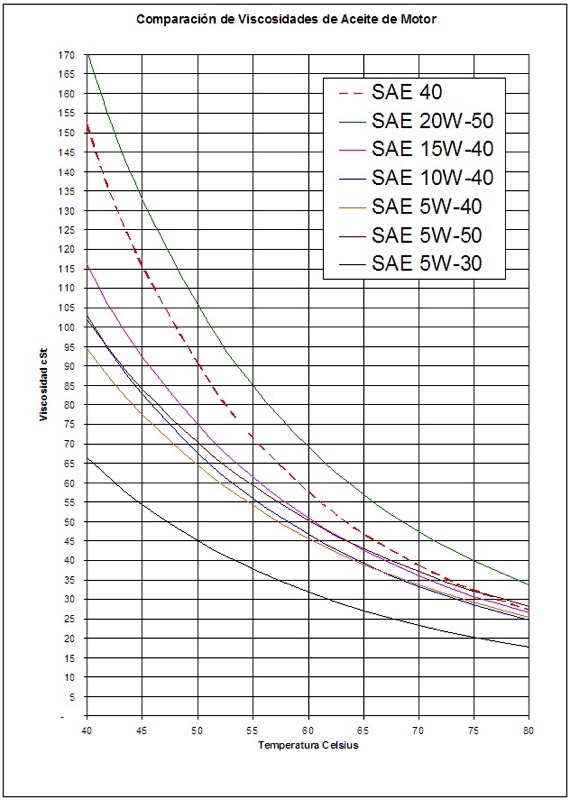

In a companion paper, the master shear thinning curves obtained in this paper are used to explore how VMs impact film thickness and friction in a steadily loaded, isothermal journal bearing. This unusual response may originate from the presence on the VM molecules of two structurally and chemically different components. This fluid also exhibits extremely high viscosity index and shear thins more easily at high than at low temperature, unlike all the other solutions tested. One of the tested lubricants does not show this time temperature superposition collapse. This enables shear thinning equations to be derived that are able to predict the viscosity of a given oil at any shear rate and temperature within the range originally tested. It has been found that viscosity versus shear rate data at different temperatures can be collapsed onto a single master curve using time–temperature superposition based on a shear rate shift factor. This shows large differences in the shear thinning tendencies of different engine oil VMs. Viscosity versus shear rate curves have been measured up to 10 7 s −1 for a range of VM solutions and fully formulated oils of known composition at several temperatures.


 0 kommentar(er)
0 kommentar(er)
